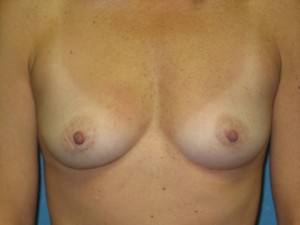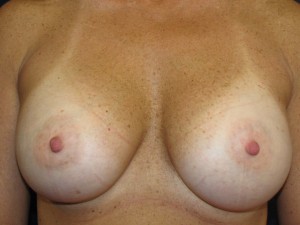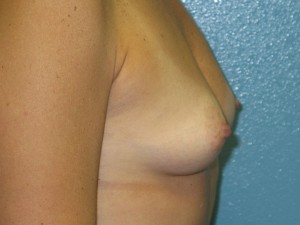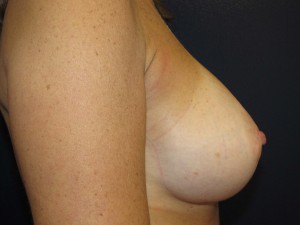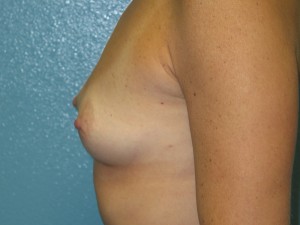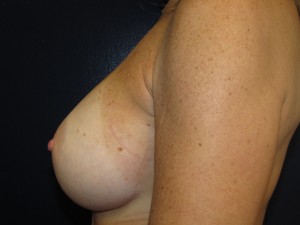The majority of breast augmentations performed in the United States today are done using silicone breast implants. In 2012, they comprised 72% of the total number of breast enlargements whereas saline implants were used in the remaining 28%. In my practice, I use silicone breast implants in nearly 99% of my patients and for great reasons (read below).
It was only back in 2006 when saline implants were used in the vast majority of breast augmentations – 81% to be exact, with silicone used in the remaining 19%. Of course, that wasn’t because women preferred saline implants over the silicone implants.
They don’t.
Instead, the reason is that the FDA issued an edict that severely restricted the usage of silicone implants between 1992 and the end of 2006. Consequently, a high percentage of women who were seeking to undergo a breast augmentation were forced to either accept an implant that wasn’t their preference or not to undergo the breast enlargement at all.
Obviously, reaping the rewards, satisfaction, benefits, etc. of undergoing a breast augmentation with less aesthetically pleasing implants is better than not having the surgery. After all and regardless of implant type, an augmentation mammoplasty is generally associated with a marked improvement in self-esteem, confidence, relationships with others and even in multiple facets of one’s sex life.
Silicone breast implants are aesthetically far superior to the saline breast implants for many reasons. They successfully simulate the feel of normal breast tissue whereas saline ones do not. In fact, saline breast implants very often can be felt quite distinctly and prominently. Particularly in thin skinned individuals and those with implants placed above the muscle (submammary), rippling of them can be both felt and seen through the skin. This is quite rare with silicone implants.
There are several other reasons why silicone breast implants are the gold standard of breast implants. However, many women with saline breast implants can still obtain quite excellent results. The following patient of mine demonstrates this.
Ten years ago, when she was 37 years old, this patient underwent a breast augmentation with saline implants placed in a submuscular pocket. She has had no problems whatsoever in the intervening period of time and has been extremely happy with the outcome including her “D” cup breast size. This includes no issues with rippling, hardness or contour irregularities and no restrictions in the clothes that she wants to wear.
My examination confirmed all of this. She has soft and naturally mobile breasts without firmness (capsular contracture) and a nice configuration without any discernible rippling of the implants.
So, even though silicone breast implants can give superior results when used in breast augmentation, many women can still have outstanding results even with saline breast implants.
For more information on breast augmentation surgery including silicone or saline breast implants or for any other plastic surgery procedure that I perform, please call my office at 480-451-3000.
Steven H. Turkeltaub, M.D. P.C.
Scottsdale and Phoenix, Arizona

